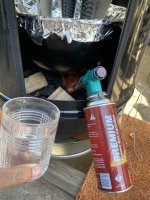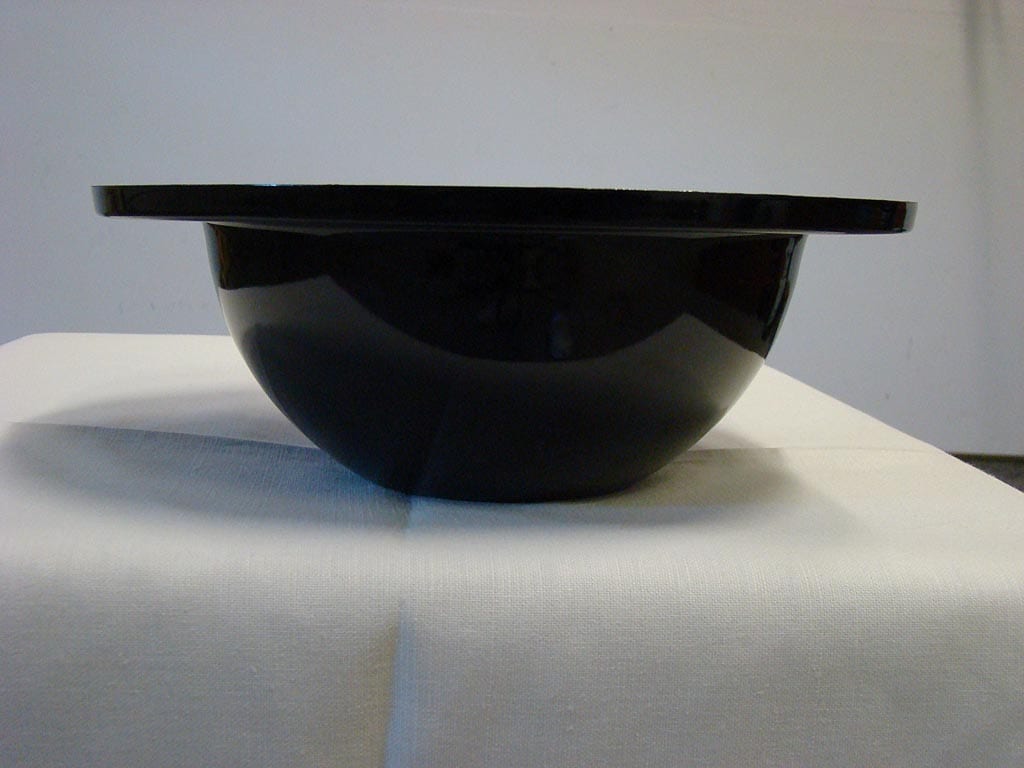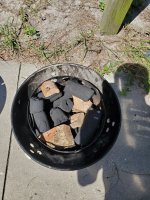Mark McKinniss
New member
Hi folks. I wanted to get into smoking and after doing some research, I landed on the Weber WSM 18. Bought it on Sunday and smoked ribs on Monday.
Let me start at the end: the ribs turned out great!
I should say that I’ve never cooked with charcoal before, so I’m climbing two learning curves.
I read that for ribs, I should use 50 briquettes so I lit my 50 briquettes and got the nice clean smoke.
I also had read that I wanted to stabilize the temp, then add water to the pan and then add the food. Once the charcoal was hot, the grill was reading at 350. Too hot. When I addd water to the pan, my temp dropped to about 180. Too cold. So I lit another 25 briquettes or so and got the temp to 225. Then added the ribs and the temp fell again.
Bottom line…it took me like three hours to get the temp to where I wanted and I probably added new hot coals 6 or 7 times for a six hour cook. Based on what I’ve read, that seems like too much.
So…what do you think I did wrong? I really would like to not have to add new briquettes that often.
Let me start at the end: the ribs turned out great!
I should say that I’ve never cooked with charcoal before, so I’m climbing two learning curves.
I read that for ribs, I should use 50 briquettes so I lit my 50 briquettes and got the nice clean smoke.
I also had read that I wanted to stabilize the temp, then add water to the pan and then add the food. Once the charcoal was hot, the grill was reading at 350. Too hot. When I addd water to the pan, my temp dropped to about 180. Too cold. So I lit another 25 briquettes or so and got the temp to 225. Then added the ribs and the temp fell again.
Bottom line…it took me like three hours to get the temp to where I wanted and I probably added new hot coals 6 or 7 times for a six hour cook. Based on what I’ve read, that seems like too much.
So…what do you think I did wrong? I really would like to not have to add new briquettes that often.



